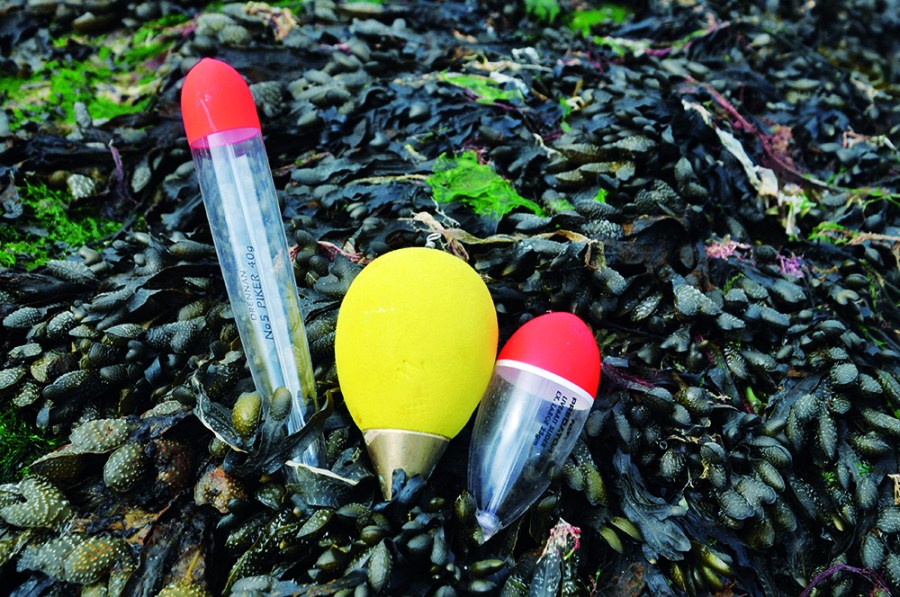1) GETTING KIDS HOOKED
The youth are the future of this sport; without them, this wonderful sport dies. Many styles of fishing are too complicated or nuanced to pick up in a few moments, but float fishing is perhaps the exception. The wonderful simplicity of casting a float and slither of bait into the sea and simply watching for it being taken under by a predatory fish is very easy for the child or newcomer to angling. If you are an experienced fisherman supervising others, managing and keeping an eye on things is straightforward. Some of my own first fishing experiences were spent sitting on a rock whilst watching an orange bubble float bob around the edge of a reef and suddenly be pulled under by pollock or ballan wrasse. It was so exciting as a child, we’d spent countless hours, and you never knew what you might catch. These adventures were one of the reasons I became addicted to fishing, and I wouldn’t trade these magical experiences with my father for anything.
2) ROUGH GROUND
One of the fantastic benefits of using a float is that it enables you to fish the snaggiest of rough ground without losing any gear. Tackle is expensive, and there are plenty of areas that many anglers avoid because they are so tackle-hungry. Rocky reefs, boulders, kelp beds, and artificial structures like wrecks are often havens for many species. They provide a perfect habitat for fish to nest, shelter, hunt and find food. However, with a float, you can drift over this hellishly snaggy ground and entice fish to come out and take your bait. As long as you are watching your float and ready to strike, you’ll nearly always avoid being taken into the reef and losing your gear. You’re going to find this an excellent method for targeting wrasse, bass, and black bream over mixed ground. Lessening tackle losses is better for the fish and the environment in general.
3) USE THE TIDE

As a child, my father would take my brother and I to the Channel Islands. The Bailiwick of Guernsey – which encompasses Herm, Sark, Alderney and Guernsey – is famed for its strong tides and large tidal range. Things are always moving, as are the fish. My Dad would find these spots where you could cast a float into an outgoing current, and you would open the bail arm and gradually let line out as the tide took the float. I can vividly remember this one spot where you would do this perilous climb down and get onto a tidal island, and at the tip of the islet, two currents would meet. We’d get there two hours before low, and the outgoing tide would take our floats fifty or sixty yards out and slightly left; when we hit those ranges, we’d suddenly be savaged by garfish. Upon retrieve, the gars would be flying through the air as they tried to shake the size 6 hook. As children, we’d find it so exhilarating that these miniature swordfish would be fighting so hard in the afternoon sun. I guess it was the closest thing that we got to Hemingway’s “The old man and the sea” as children. It was such good sport that we’d want to do it day after day until our week’s holiday was up.
4) CHILL TIME
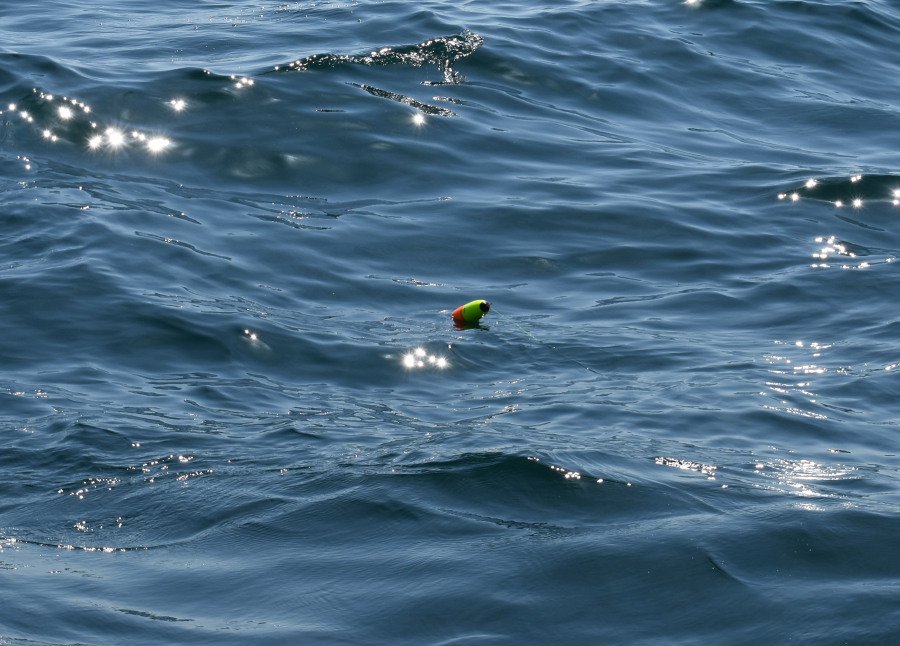
We all know how stressful life can be. Sea angling is an antidote to life’s trouble, and conducive to good mental health and well-being. However, sometimes our lives leave us so tired that we just don’t want to carry all the heavy gear to a mark and go through the almost militant rigours of packing everything we need. Float fishing provides a very welcome alternative; You really only need hooks, floats, line, a little bait, plus a rod and reel. It virtually weighs nothing, takes up very little space in the car, and just takes seconds to pack. It’s also just as easy to pack down and be off home when you’ve had enough. I love these light sessions when I am fed up with being overladen with heavy gear I need for bottom fishing; They are very welcome indeed.
5) FOR THE DREAMERS CHASING BIG GAME
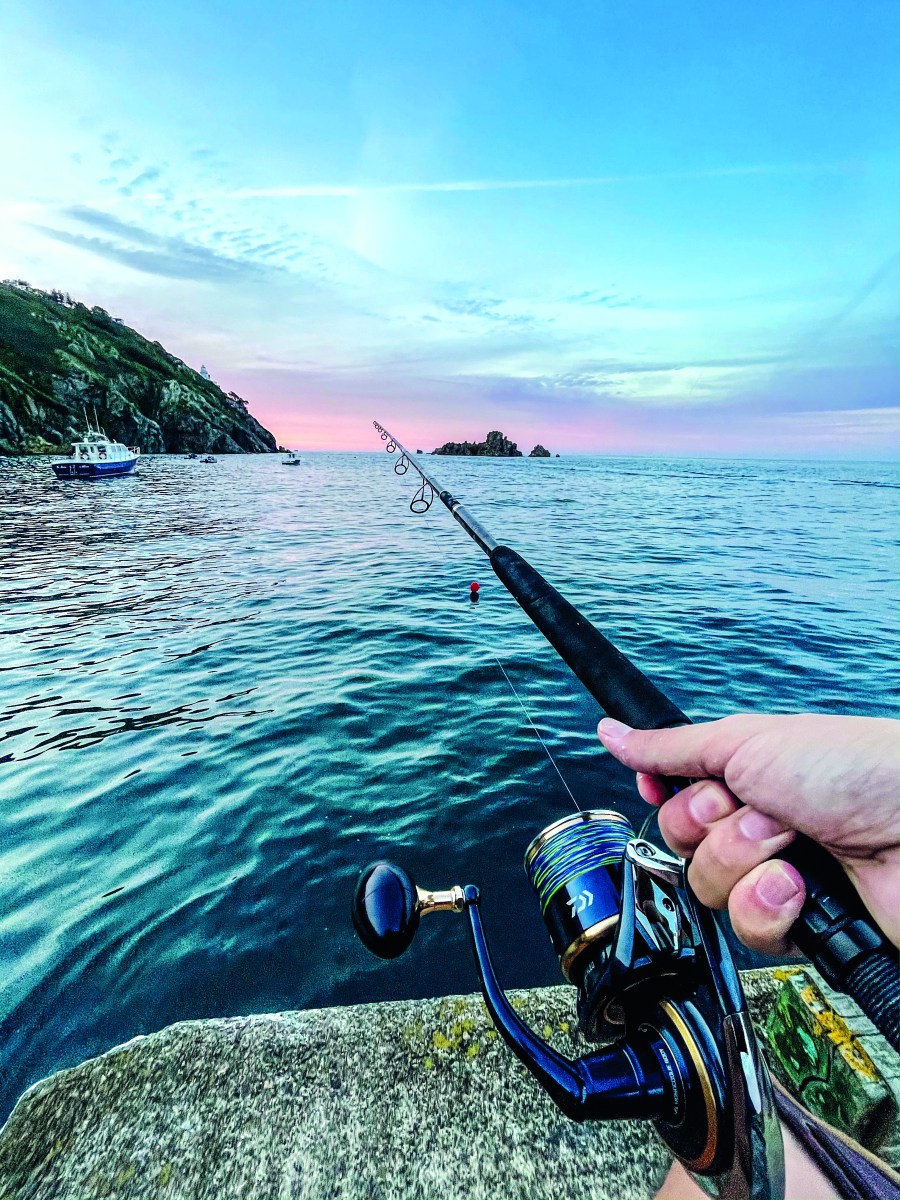
I am sure for most beginners or intermediate anglers it has occurred to you how far you can take float fishing in the UK or abroad. What if I told you that I was shark fishing on Ascension Island, an overseas territory of the UK in the South Atlantic, using a balloon float? I was casting a balloon with a big bloody bait suspended underneath on a 12/0 hook and waiting for all hell to be unleashed. Some of those fish produced the most memorable battles of my life, resulting in fish around 400lb at my feet. It may have occurred to you that there are some big British record fish claims which are still vacant. Species like porbeagle, thresher, blue shark, or even some pelagic species that are often caught from boats close to land, may be accessible with a balloon float from the shore. Offshore wind or the right tide could have you fishing effectively for something very special. If you want some inspiration, please revisit the works of Irish angler, Jack Shine, who landed many porbeagle sharks from the shore, just across the sea on the west coast of Ireland. We are only limited by our own imagination.
6) NIGHT FISHING

As I mentioned above, rough ground is a challenge most of the time, but not when you have a float. How can you see a float at night? Some years ago, a clever friend of mine rigged a Starlite mini-glowstick above their float and used this method very effectively after dark. The beauty of this is you can sit happily with your head torch off, not to disturb fish, and focus on what your float is doing. Believe it or not, my friend, Will, was pulling out conger eels fishing in the pitch black, fishing just beneath us on Dorset’s rocky Jurassic coast. Squid and cuttlefish anglers also use this method at night, when then often deploy more than one rod and jig; It works perfectly.
7) LIVE-BAITING
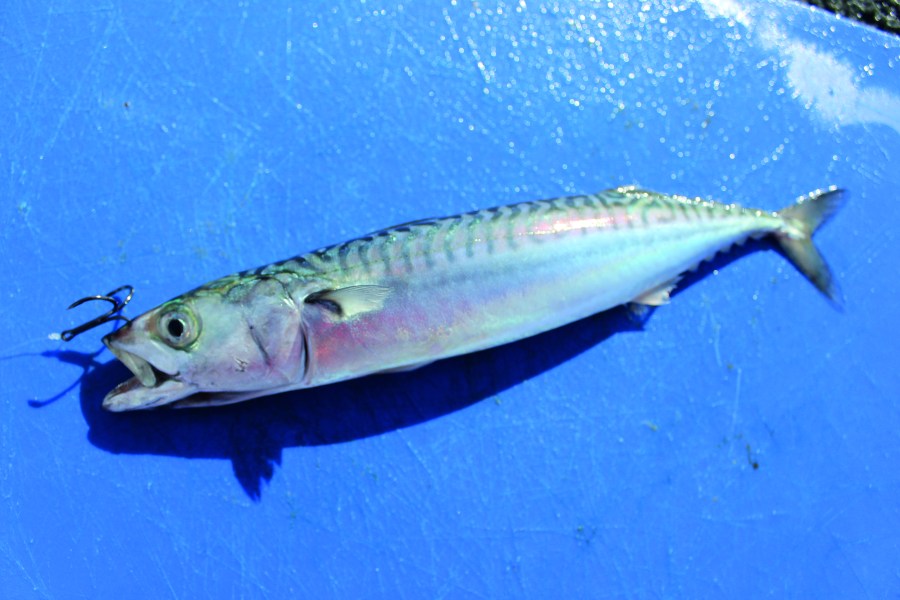
If you are after that big bass, and you want to improve your success rate when the water is clear, use a live-bait under a float. They key is to use a float that is large enough not to be pulled under by your live-bait. In my opinion, coalfish is a wonderful fish to use live. Scad is also awesome, mainly because if they are rigged correctly, then they never expire. Next up and more commonly, many sea anglers will choose mackerel as their first choice, and they do pick out some wonderful bass. Tope love them also, as would a decent pollock. In Guernsey, close to me, some anglers use live sandeel or launce under a float, which is very effective for bass. Around Sandbanks, Poole, in Dorset, small wrasse also work very well under a float, for bass. One of the tremendous advantages of this method is that you know your live-bait is fishing, and if any predators are around, they’ll smash it. It’s probably the most exciting way to fish in my opinion, and for the lazy angler, he doesn’t have to change baits regularly or check it’s still there.
8) FLOAT WITH A FIXED GRIP LEAD
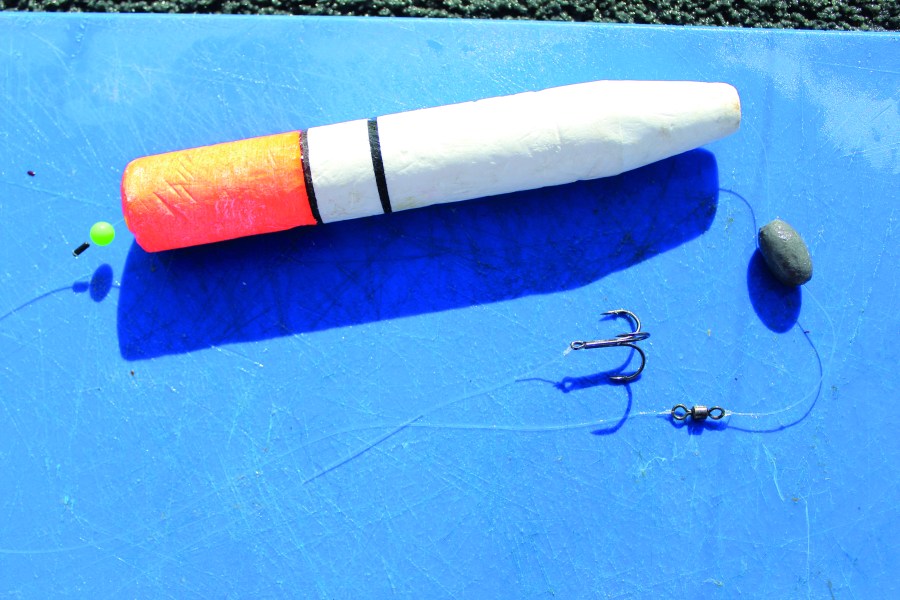
Sometimes you may be fishing in relatively strong tides, and you may have a specific area that you know holds fish. However, the strong tide or winds will move your float and bait quickly across this ground, and perhaps your suspended bait is not there long enough to pick up fish. There is a method where you take your spinning rod or beachcaster, and cast a single grip lead. This catches the bottom and holds in place. You then take your float, with its baited hook length, and clip it onto your mainline with a small snaplink. You then run it down the line (like a zipline) until it reaches the surface of the sea. The beauty is that it fishes the exact spot that you want it to. The downside is that when you see your float go under, you’ll have to wind in very quickly so that your grip lead catches the snaplink and puts you in direct contact with the fish. Obviously, you may lose the odd fish, but the method can prove very fruitful at certain venues. It works very well when cliff fishing in strong tides, trying to catch bait fish, or gars.
9) THE BEST FOR MULLET
We have various species of mullet in the UK, including golden grey, thin lip, thick lip and red mullet. This is such an effective way to pick out these very finicky fish, which are often reluctant to take the bait.
10) TIPS AND REFINEMENTS
Depending on which species you are targeting, where they are feeding, and the depth of water you are fishing, you are going to want to adjust the length of the line to the hook to reflect where exactly in the water column you desire to be. This can be done easily with conventional two-tone cigar floats and stop knots. With a bubble float you’ll be more limited and will have to set the hook length and tie it. A trick to assess the depth of the sea is to cast a lead down and make note of how much line goes out before it hits the bottom. If you use a bubble float, fill it with enough water so that it is just about buoyant. If a fish takes it, the less resistant initially, the better. The same with a cigar float, balanced with a drilled-out round lead: make sure the weight balances the float, leaving it just about buoyant. Conveniently, most decent tackle shops and online retailers now sell complete float sets with the lead, which are ready to go. If you’re a first timer at this method, I would start there and initially target a species like mackerel. If you are trying for a fussy fish like mullet it’s often better to use small floats painted in natural colours so that they will be less conspicuous, particularly if the hook length or distance to the float from the bait is relatively short.
I can’t recommend float fishing enough. It provides a lot of sport and excitement, helps you get out in nature in the better weather, and is less intensive than many methods, yet no less addictive. Best of luck!

